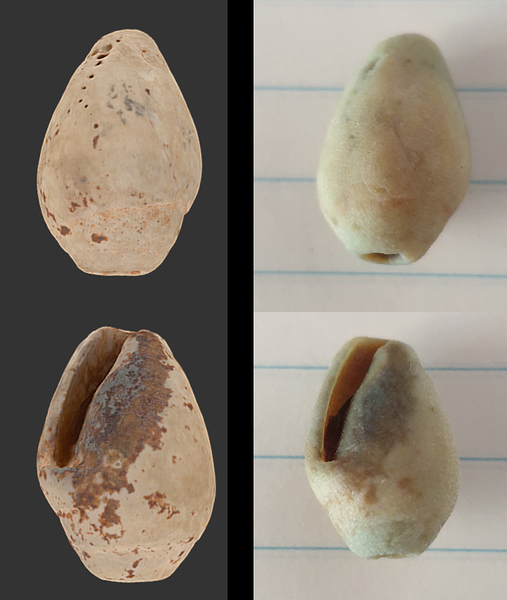Greetings from Perth.
I am quoting to a local museum for the 3D scanning and printing of some very small objects, culturally significant shell beads from a ancient necklace, estimated at 32,000 years old.
For the beads in the necklace, the largest is only 2.5cm long. I will be creating the textured 3D models using photogrammetry, I’ve already created a couple. Please note that I understand the requirements of 3D printing having done quite a lot of that in the past but for much larger objects.
So, I’m seeking feedback/advice on whether you can do this? How one might achieve colour … for example, is manual painting the only option?

